70 million years ago, Tyrannosaurus rex was the scariest dinosaur around. Today, it’s extinct just like any other dinosaur, but there still are some animals roaming the Earth that are connected to those ancient species.
From soaring birds to swimming crocs, we’ve found 10 living species that call dinosaurs their (great-great-great-great-great-great-great) grans and grandads.
1. Chickens
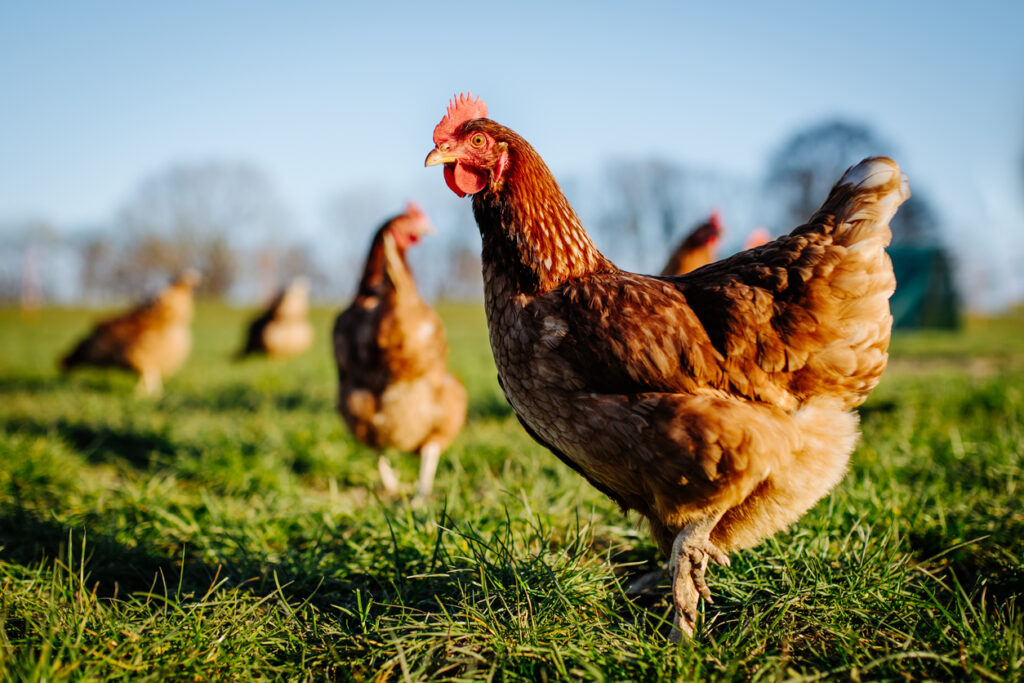
Who are you calling chicken? Birds descended from a group of two-legged dinosaurs known as theropods, the members of which include the powerful predator Tyrannosaurus rex and the smaller Velociraptors.
Hang on, the T-rex was one of the largest and most fearsome creatures to have ever exist, so all its relatives must be huge and terrifying too, right? Not quite! Fossil studies have found that the mighty T-rex actually shares quite a considerable amount of DNA with modern-day chickens and, by extension, all birds. Now you’ll never look at a humble pigeon the same way!
2. Crocodiles
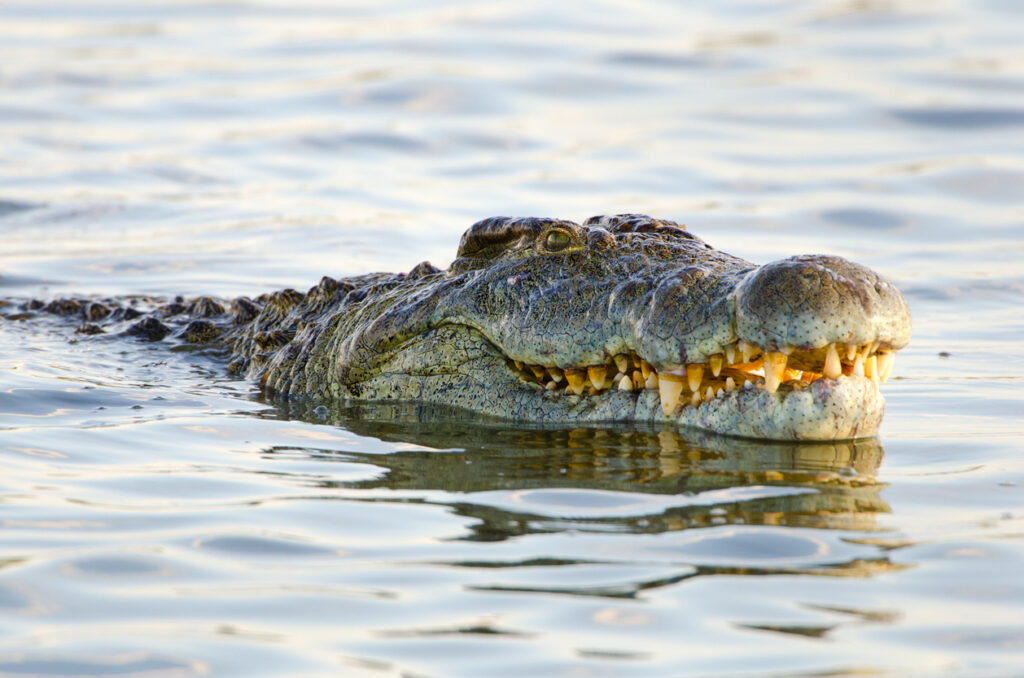
Chomp on this fun fact: many animals that you see today share some impressive connections with dinosaurs, including crocodiles – and you can really see the similarities in their rubbery skin, their fierce teeth, and their claws!
Chickens may be the rightful descendants of dinosaurs, but we also know that crocodilians like crocodiles and alligators share common ancestors with dinosaurs too. In fact, crocs as we know them today are actually pretty similar to their ancient ancestors of the Cretaceous period (about 145-166 million years ago) – and to think that these creatures outlived the dinosaurs!
3. Sea Turtles

Recent studies have shown that turtles belong in the group Archelosauria, along with relatives like birds, crocodiles, and – you guessed it – dinosaurs.
Turtles evolved alongside dinosaurs, with sea turtles emerging as a distinct type about 110 million years ago. All living species of sea turtle have origins that can be traced back to ancient times; about 80 million years ago, a genus of extinct sea turtles called Archelon swam the oceans. Each one of these guys was over four metres long and measured at five metres wide from flipper to flipper – we’re shell-shocked!
4. Ostriches
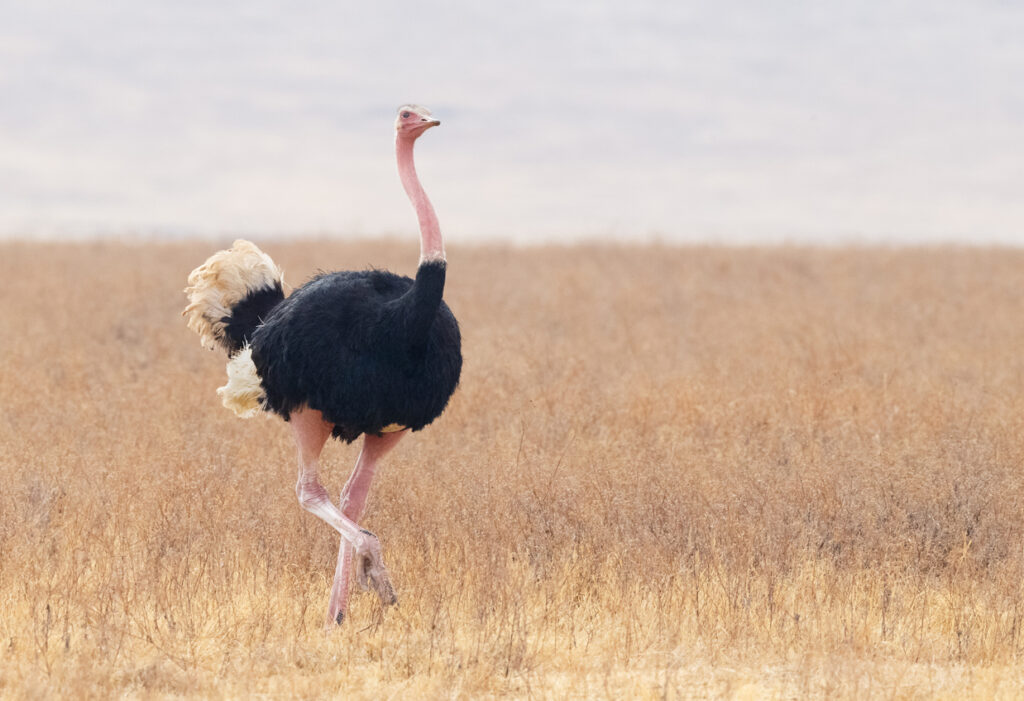
Ostriches are whacky-looking creatures at the best of times, but did you know that they’re very closely related to a species of dinosaur dating back to the late Cretaceous period? And, when you think about it, this makes sense – because ostriches do have something of a dinosaur look about them.
Their overall size and shape are quite similar to that of a handful of dinosaur species, including the notorious velociraptor; even their talons are claw-like. This remarkable bird, now native to the plains of Africa, has survived a whole host of extinction events, having walked the Earth for over 66 million years.
5. Snakes
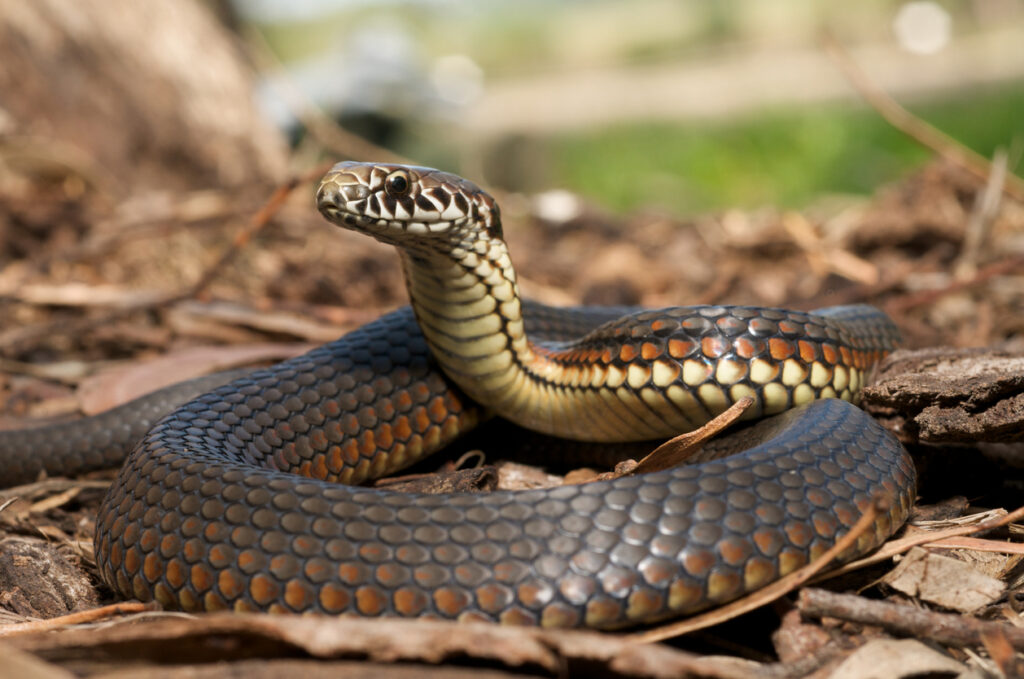
When we think of dinosaurs, we imagine huge beasts roaming the Earth, but not every creature was so disproportionately large. Indeed, ground level was a hive of activity, with one of the most prevalent animals being one we’re very familiar with today: the snake.
Snakes have been around for millions upon millions of years, somehow slithering their way out of umpteen mass extinctions. And scientists can prove this, with the discovery of several fossilised snakes revealing that they’ve been around for over 140 million years – that’s twice as old as Mr T-Rex.
6. Sharks
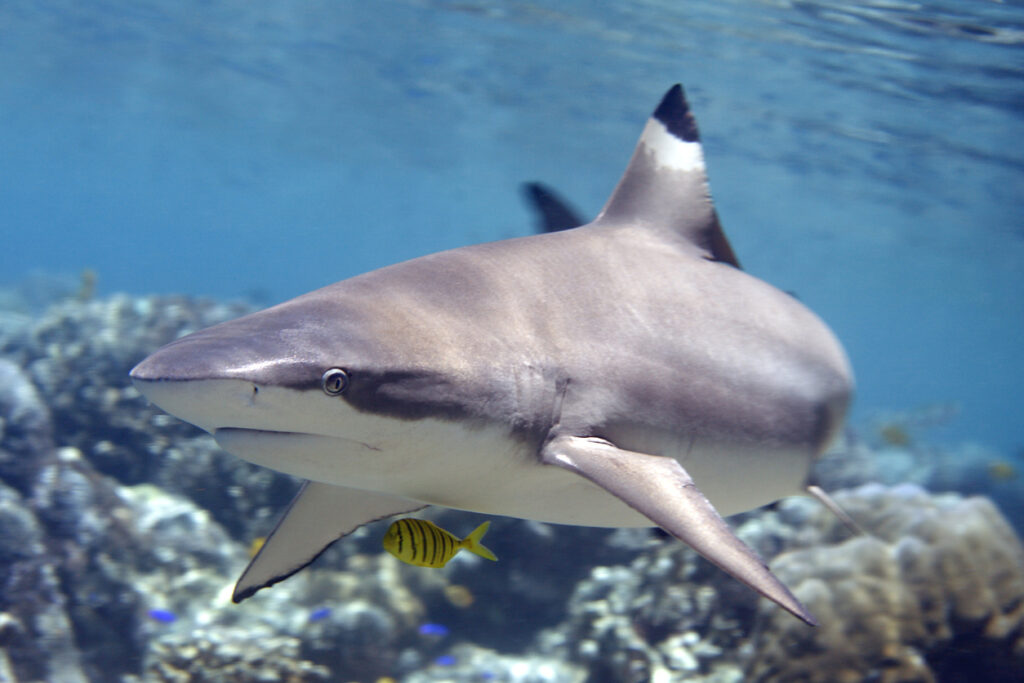
Sharks may not look like your typical dinosaur, but these iconic creatures of the deep have been around longer than almost any other animal on the planet – over 450 million years to be exact. That means, the sharks we know and love today are descended from creatures that were around millions of years before dinosaurs were even a concept. It’s almost impossible to fathom.
Of course, sharks haven’t always looked like they do now; nor were they always this size. Fossils show us that sharks used to be much bigger, with the largest known species, the megalodon, being around the size of a blue whale!
7. Crustaceans
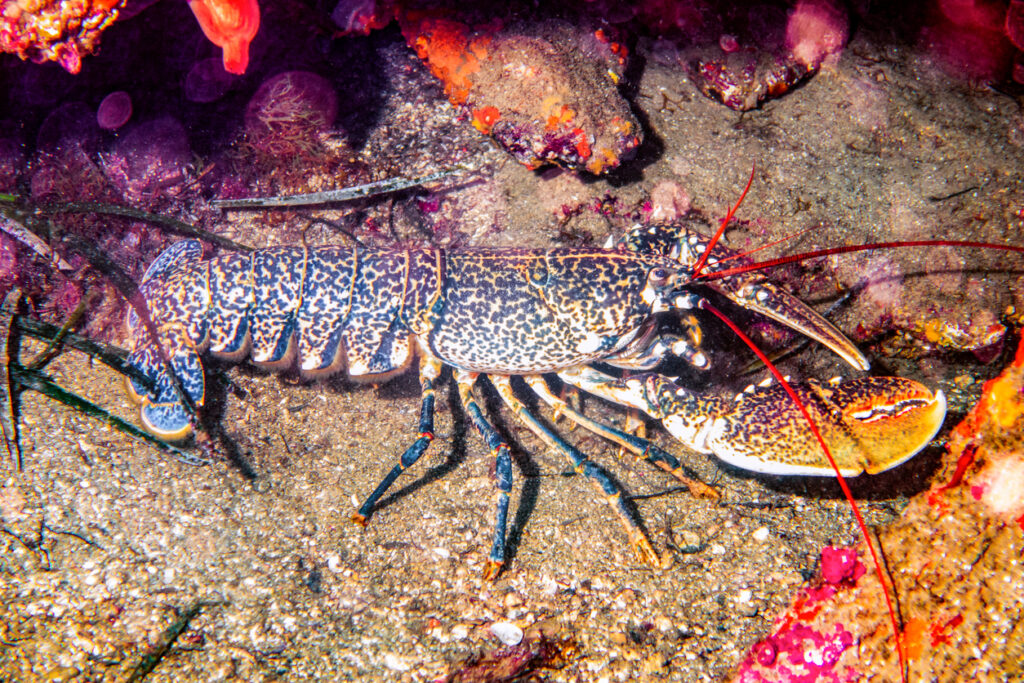
Crustaceans, such as crabs and lobsters, have shown some real staying power over the centuries, with several species known to have been around since the time of the dinosaurs. Indeed, many species of lobster predate dinosaurs by hundreds of millions of years, and they’re one of the earliest known species of filter-feeders on record.
And, as with sharks, we know that modern crustaceans are much smaller than their great-great-great-great grandparents. Fossilised remains highlight some truly formidable specimens; we’re not sure we would have been as keen to take a dip during the time of the dinosaurs.
8. Bees
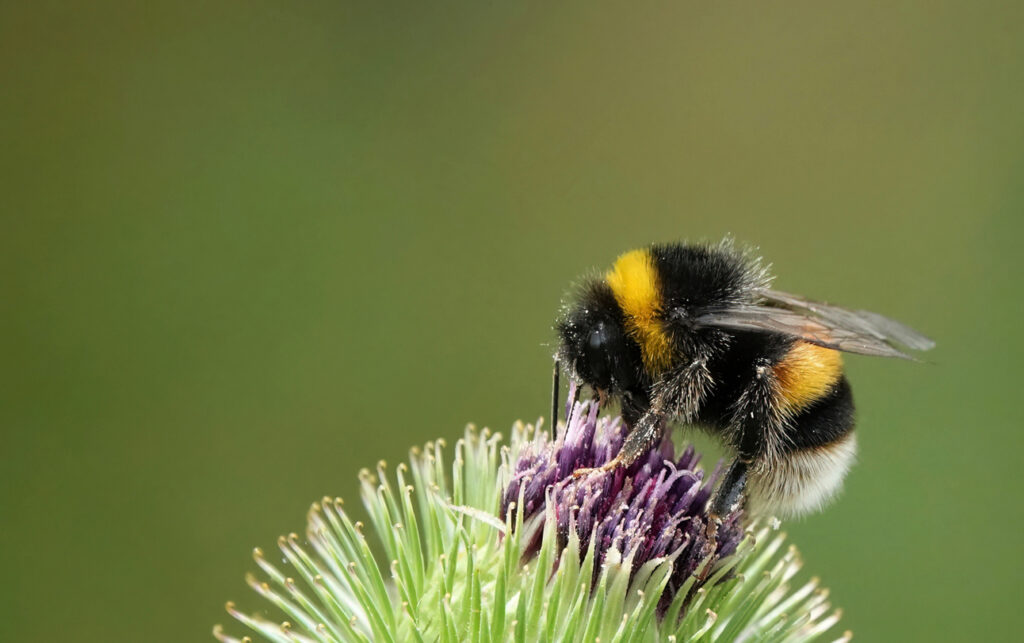
Bees are one of the most important creatures to inhabit planet Earth, and they’ve done so successfully for a lot longer than you might expect. Research shows that bees emerged during the Cretaceous period (approximately 60 million years ago), so it’s almost certain they were buzzing from flower to flower when T-Rex roamed the wilderness.
What we do understand about bees, however, is that they aren’t invulnerable to mass extinction events. Scientists believe their numbers were hit on several occasions throughout history, though none were as serious as the threat that they currently face through habitat loss.
9. Duck-Billed Platypuses

It’s not much of a stretch of the imagination to believe that duck-billed platypuses were around during the time of the dinosaurs. These odd-looking creatures, native to eastern Australia, are a truly unique animal, whose only other related species are those found in fossilised remains dating back millions of years.
We’re not sure how platypuses survived the mass extinction which took care of their forebears, but we’re sure happy to have them around. These unique critters are undeniably cute but sadly, their numbers are in decline – with a ‘Near Threatened’ status on the Conservation Index.
10. Tuatara Lizards
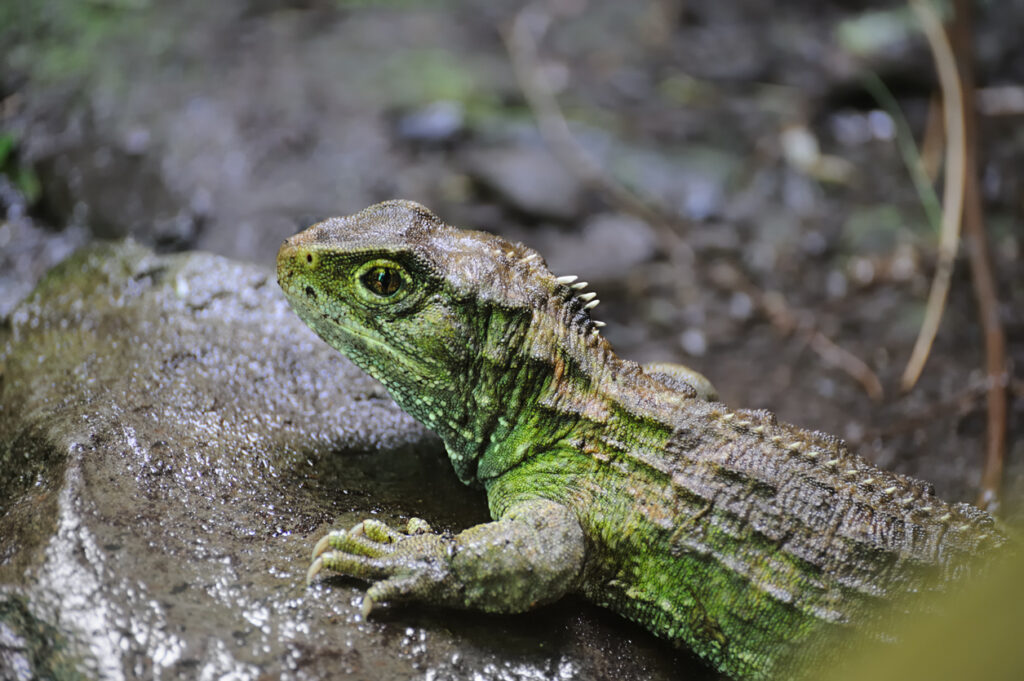
All lizards and reptiles are closely related to dinosaurs, but none more so than tuatara lizards. The last surviving animal within the Sphenodontia family, these lizards, native only to New Zealand, were around when dinosaurs walked the Earth.
Tuatara lizards certainly look primordial, with dark green scales, spiny backs and large, black eyes. These elusive chaps, which are classified as Vulnerable to Extinction, have been around for over 250 million years; it would be a shame to lose them now.
We hope you’ve enjoyed discovering some of the animals which really did walk with dinosaurs. Nature lovers young and old can encounter incredible marine life at Blue Reef Aquarium Hastings. For information and tickets, visit the homepage or call our team today on 01424 718776.
